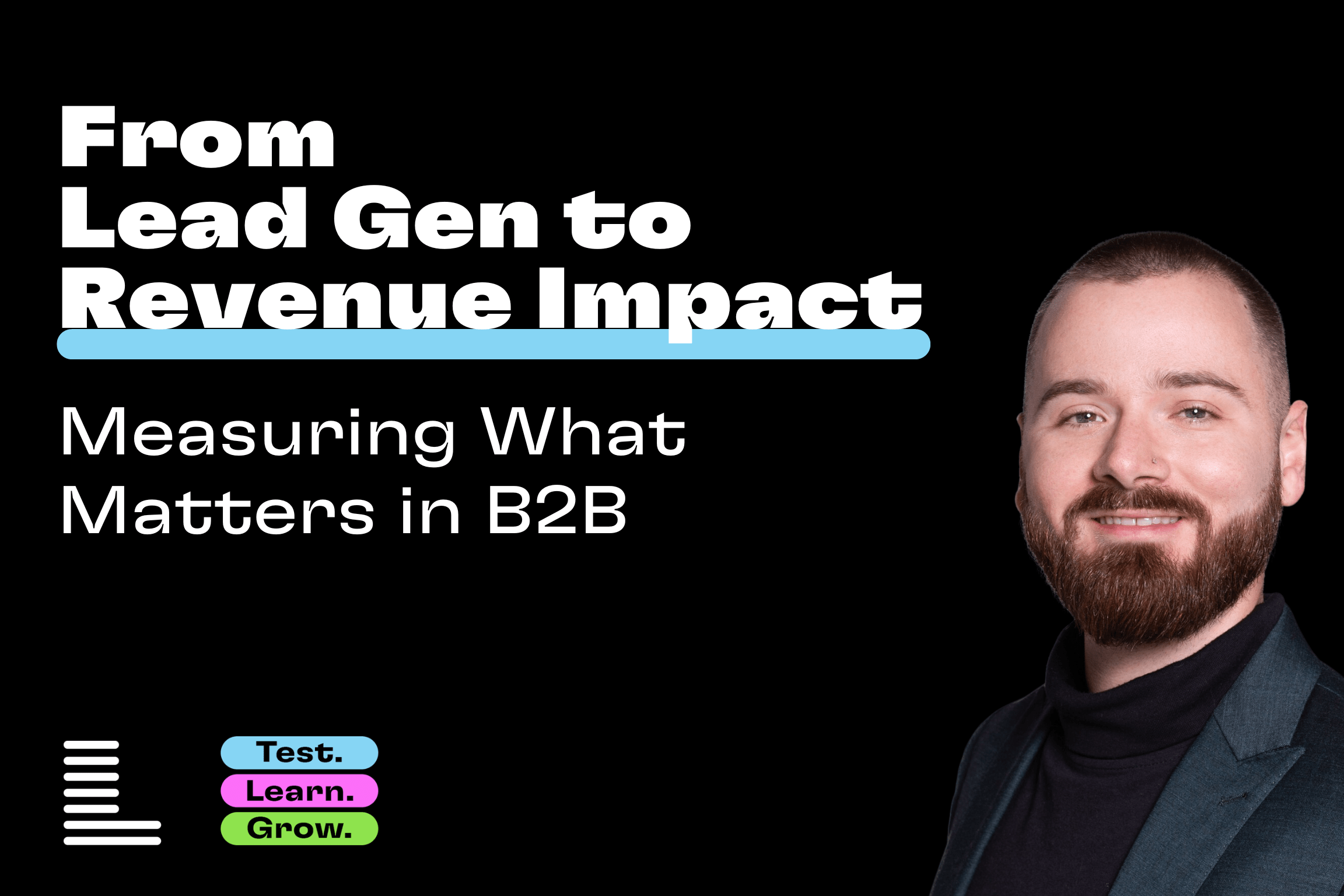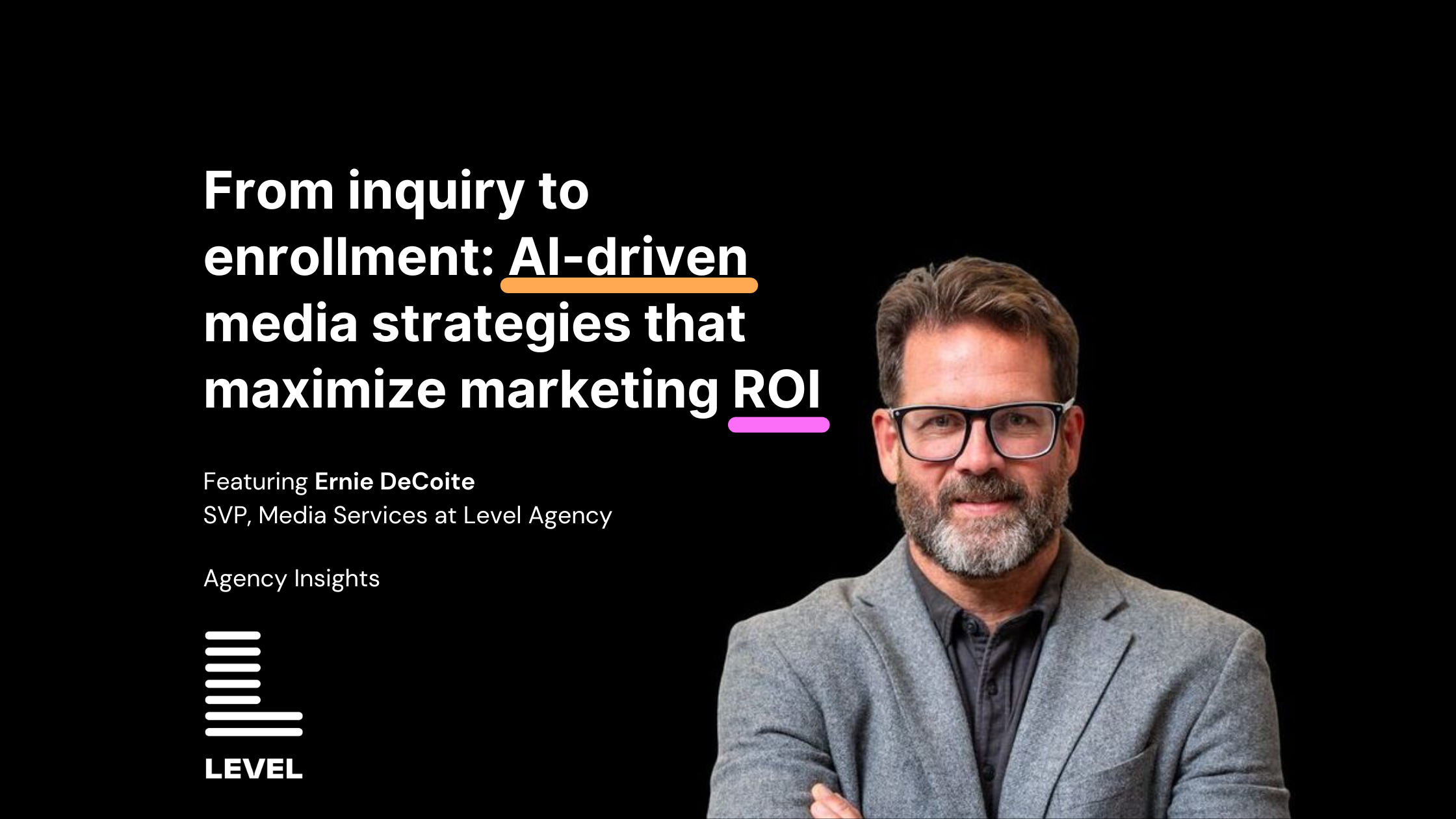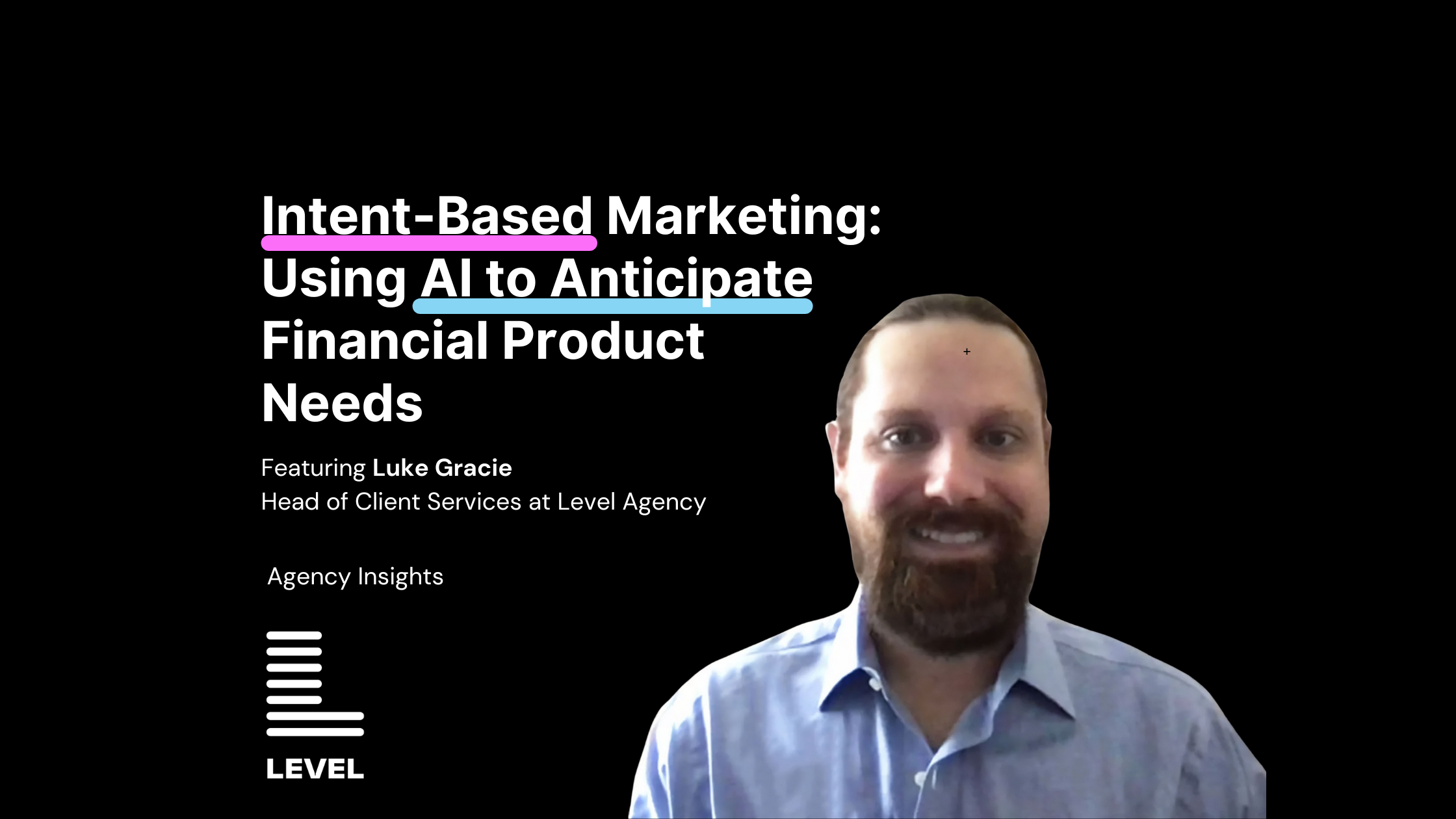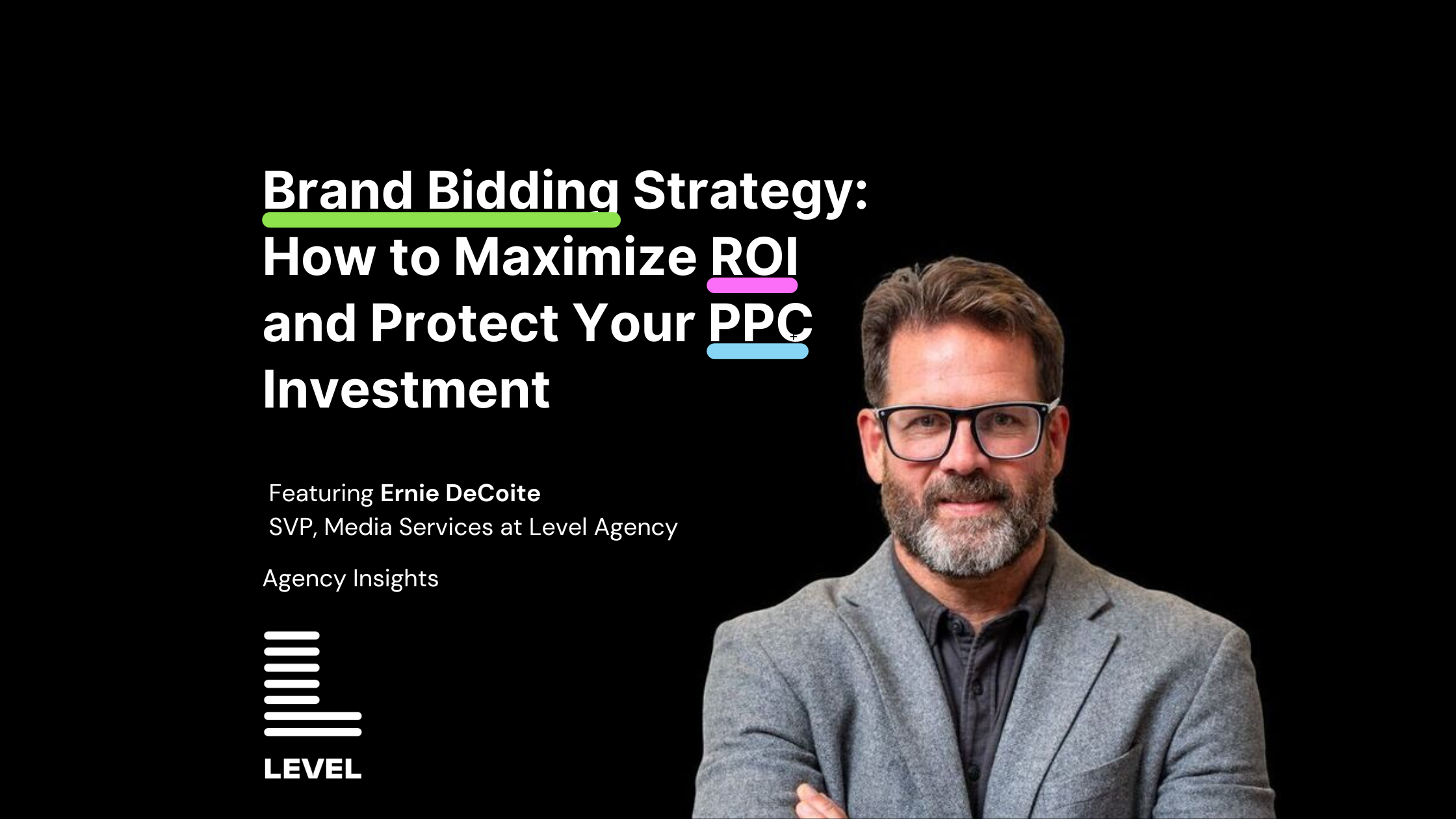Imagine this scene: The marketing team struts into the conference room for the quarterly review flashing smiles and high-fiving. They nailed their lead target and even lowered the cost per lead. But across the table, the sales team sulks with furrowed brows. Revenue is down and deals aren’t closing. Awkward…
This misalignment still happens way too often in B2B organizations. And frankly, it needs to stop.
Marketing can no longer operate in a silo chasing vanity metrics like leads. We need to shift our mindset from random acts of marketing to tracking real revenue impact.
Still skeptical? Let’s walk through why this change will strengthen your marketing, light up your sales team, and delight your CFO.
Marketing and Sales: Get on the Same Team
When marketing and sales don’t share the same goals, it creates tension. Like a game of tug-of-war, each team pulls in their own direction.
But imagine if we stopped tallying up “our leads” and “their leads” and focused on business growth as a unified team?
With shared goals, we can have candid conversations on how to hit targets TOGETHER. The brilliant minds in marketing and sales can both work toward what matters most – winning new business.
Suddenly, what used to look like heated debates becomes thoughtful strategy discussions on how to drive results faster.
Understand What Generates Demand and Revenue
In today’s world of hyper-targeted marketing, who has time for guesswork? We need to know what truly moves the revenue needle.
Relying on last-click attribution and vanity metrics leads to misguided conclusions. Did 50% of sales really come from your email newsletter? Unlikely.
To optimize budgets and strategy, analyzing the entire customer journey is crucial. This gives us the full context to determine what marketing channels, campaigns, and assets influence buying decisions.
Focus on metrics like:
- Revenue and sales cycle length generated by opportunity source
- Win rates for different opportunity types
- Content performance by buying stage
And while sophisticated attribution modeling isn’t always possible, simply asking customers how they first heard of us can surface unseen patterns. And accessing pipeline and revenue data takes this analysis to the next level.
When we can directly connect marketing programs to opportunities created, pipeline velocity, and closed-won revenue, that’s how we demonstrate real impact.
Changing to a Demand Generation Strategy is Hard but Necessary
We get it. The data infrastructure seems intimidating. The politics around sharing reports feels tricky. Change is hard.
But imagine the growth when marketing and sales start rowing together. Even small steps create ripples.
Ask leads how they found you. Review analytics on the content resonating with target accounts. Sit down with sales and comb through the data, identify what works and double down, and determine new strategies to test into.
With insights from sales, marketing becomes a trusted advisor on what messages and channels reach buyers. With insights from marketing, sales can have more impactful conversations with leads and close more deals. That’s a dream team.
So are you ready to steer marketing away from just leads and MQLs toward revenue impact? It’s going to be a wild ride. There will be twists, turns, and maybe some scream-inducing drops. But the view of business growth from the other side will be worth it. Let’s do this!








